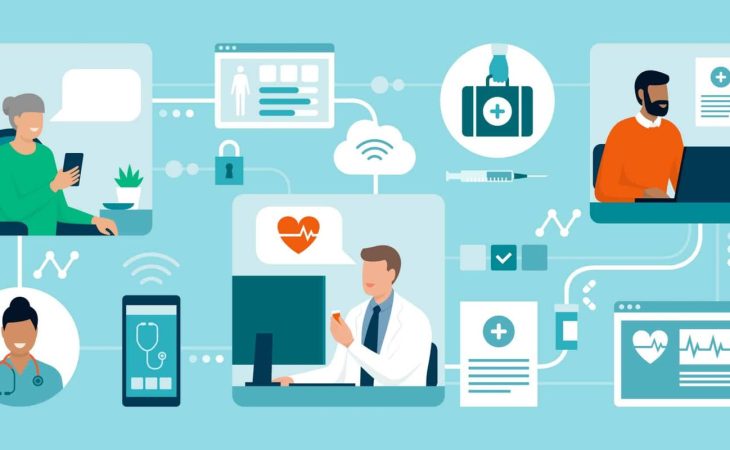In the speedily evolving landscape of healthcare, telemedicine has emerged as a beacon of innovation, supplying people and health care vendors alike a far more practical, accessible, and efficient way to take care of healthcare companies.
As telemedicine carries on to mature in level of popularity, specifically in the wake of world wide health and fitness issues, the need for seamless billing and reimbursement processes has become increasingly apparent.
This blog article explores the transformative probable of integrating telemedicine billing systems into the broader health care payment infrastructure.
Contents
The Rise of Telemedicine
Telemedicine, the apply of offering clinical treatment remotely by electronic platforms, has witnessed an unprecedented surge in adoption.
This change in direction of digital care supply is not only pushed by improvements in technological innovation but also by affected person demand from customers for extra versatile health care selections.
Even so, with this growth arrives the problem of handling billing and reimbursements efficiently—a significant element that specifically impacts the sustainability and scalability of telemedicine companies.
The Obstacle of Telemedicine Billing
Standard billing devices in healthcare are often advanced, fragmented, and fraught with inefficiencies, leading to delayed payments, improved administrative load, and heightened hazard of errors.
When applied to telemedicine, these difficulties are magnified due to varying point out rules, coverage coverage disparities, and the intricacies of coding and billing for distant providers.
The final result is a cumbersome system that can hinder the prevalent adoption and success of telemedicine.
The Remedy: Integrated Billing Methods
The integration of telemedicine billing systems provides a promising answer to these challenges. By streamlining the reimbursement method, health care providers can guarantee well timed compensation, reduce administrative overhead, and lessen billing problems. Built-in billing systems leverage innovative systems such as electronic overall health data (EHR), automated coding computer software, and secure payment gateways to produce a cohesive and productive billing workflow.
The evolution of clinical billing program plays a important position in the seamless integration of telemedicine products and services into current healthcare billing frameworks.
Present day medical billing solutions are equipped with sophisticated capabilities like AI-pushed coding suggestions, serious-time eligibility verification, and automated assert submissions, which noticeably cut down the time and complexity involved in the billing approach.
By adopting these innovative software program systems, healthcare companies can not only streamline telemedicine billing but also enrich general operational performance, ensuring that people acquire well timed care when providers protected prompt and precise reimbursements.
Conclusively, the integration of telemedicine billing techniques into healthcare’s financial framework symbolizes a pivotal action toward modernizing health care shipping and delivery and reimbursement.
This changeover not only addresses the recent inefficiencies and complexities linked with telemedicine billing but also paves the way for extra available, economical, and client-oriented healthcare providers.
By leveraging the most current in medical billing software package, the healthcare market can unlock the whole probable of telemedicine, improving patient pleasure although making sure healthcare companies are compensated properly and promptly.
The foreseeable future of healthcare is without doubt digital, and integrated telemedicine billing methods are at the forefront of this transformation, promising a far more streamlined, equitable, and successful health care system for all.





